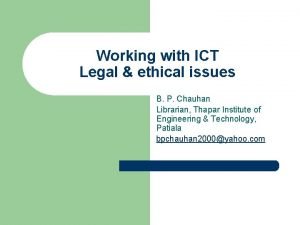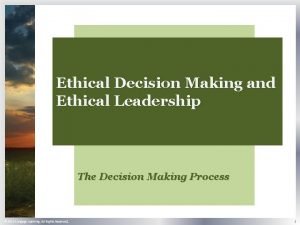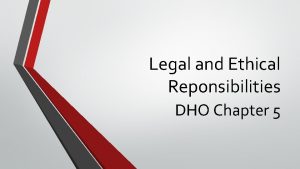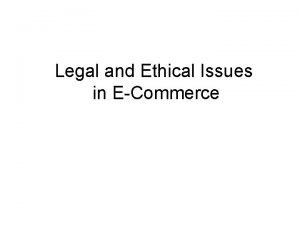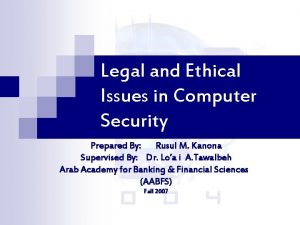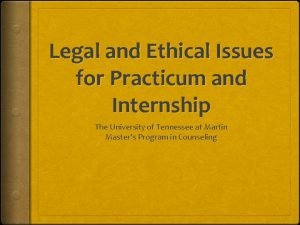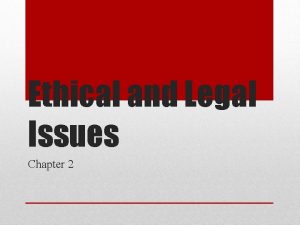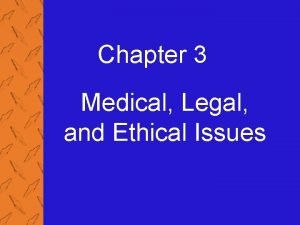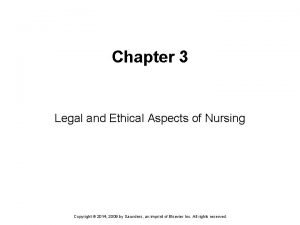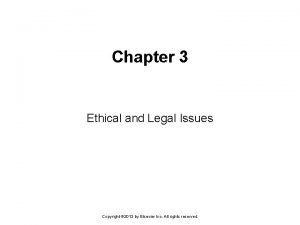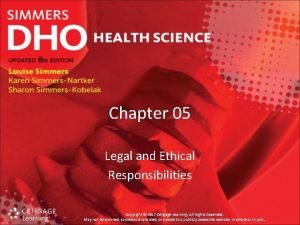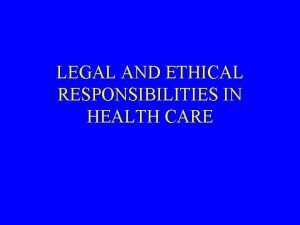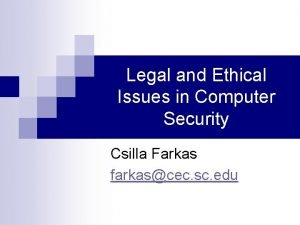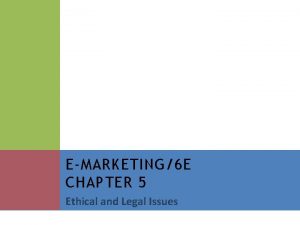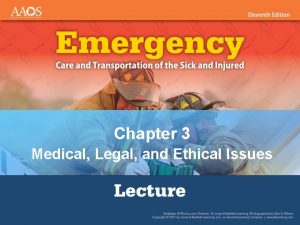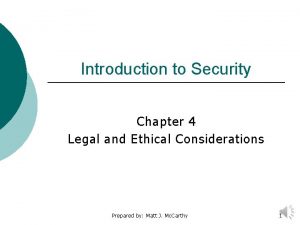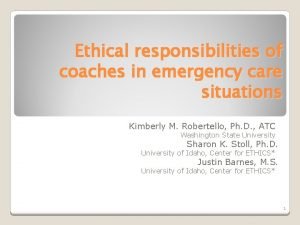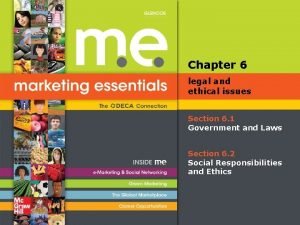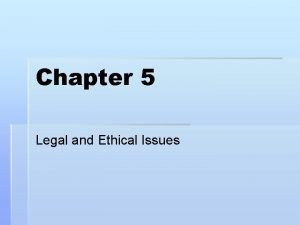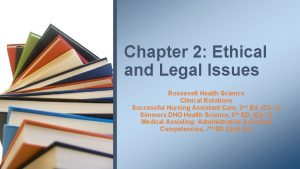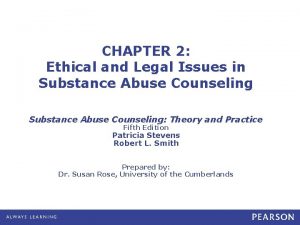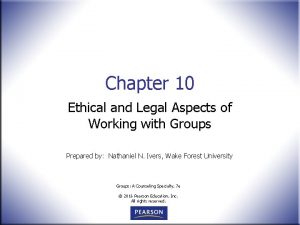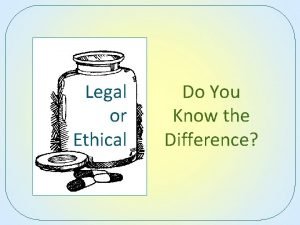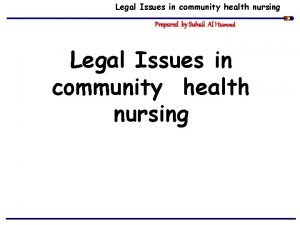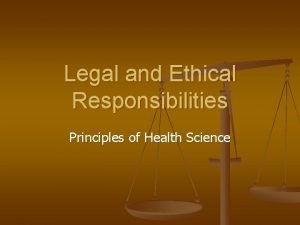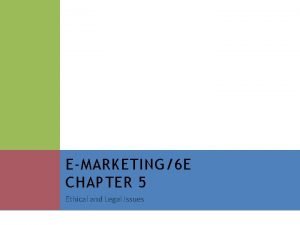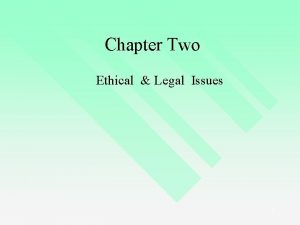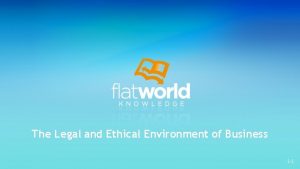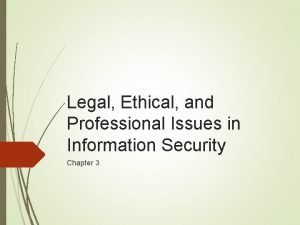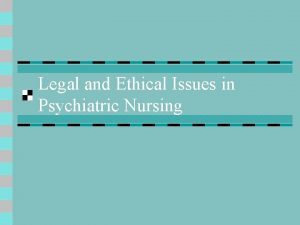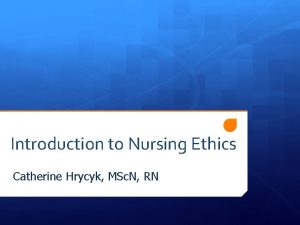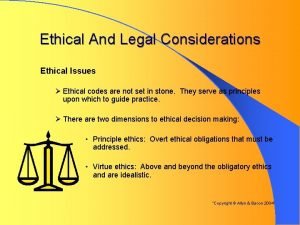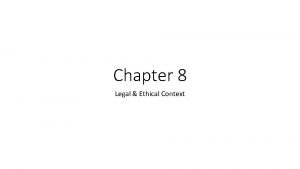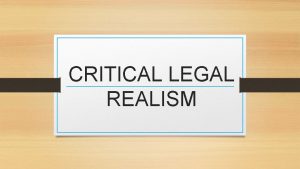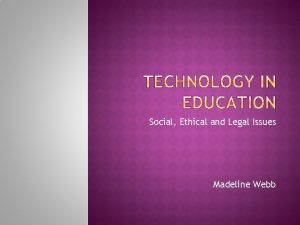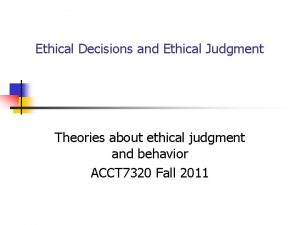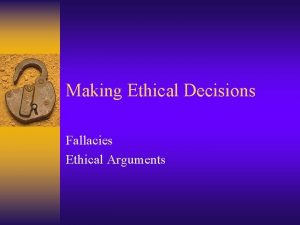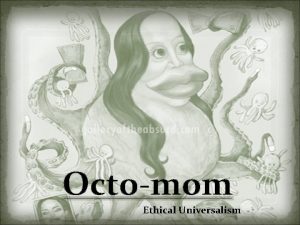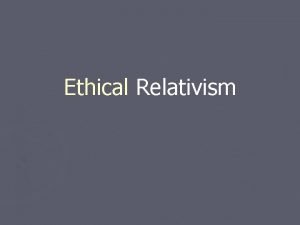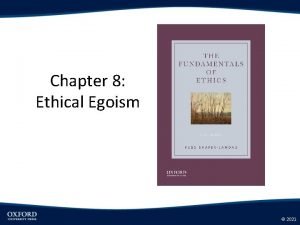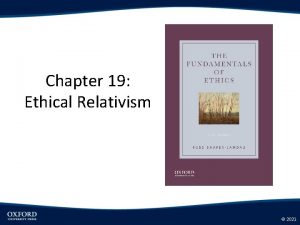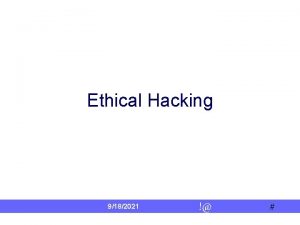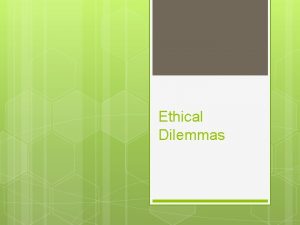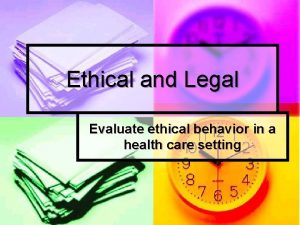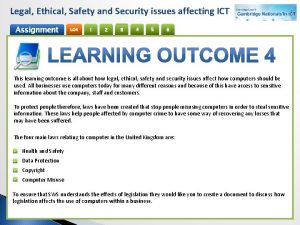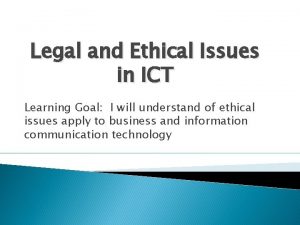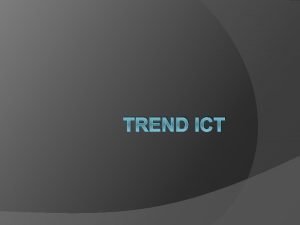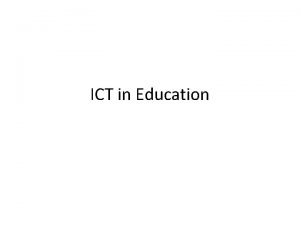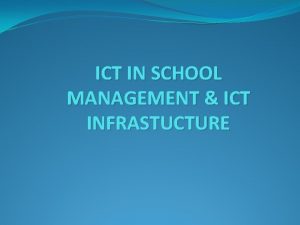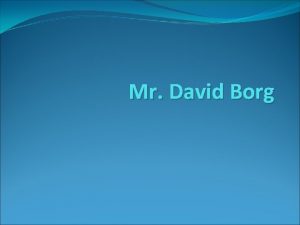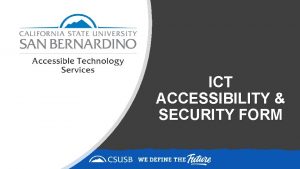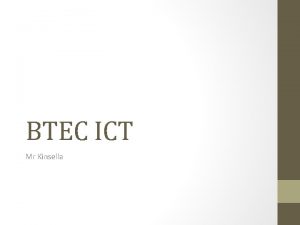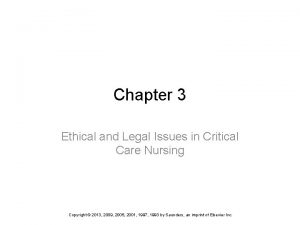CRITICAL UNDERSTANDING OF ICT SOCIAL ETHICAL AND LEGAL



































- Slides: 35

CRITICAL UNDERSTANDING OF ICT

SOCIAL, ETHICAL AND LEGAL ASPECTS OF ICT • INTRODUCTION OF CYBER CRIME • HISTORY OF CYBER CRIME • CONCERNS OF CYBER CRIME • CYBER CRIME THREATENS NATIONAL SECURITY • IMPLICATIONS OF CYBER CRIME • SOFTWARE PIRACY • TYPES OF SOFTWARE PIRACY • EFFECTS OF SOFTWARE PIRACY ON USERS • TYPES OF SOFTWARE • LICENSING OF SOFTWARE: EULA • OER- OPEN EDUCATIONAL RESOURCE • HOW CAN WE REDUCE SOFTWARE PIRACY

SOCIAL, ETHICAL AND LEGAL ASPECTS OF ICT • OTHER METHODS TO REDUCE SOFTWARE PIRACY • LAWS AND PENALTIES • SOME ORAGNISATIONS • RESPONSITBILITIES AS A USER • PLAGIARISM • WHY IS IT WRONG • CONSEQUENCES OF PLAGIARISM • WHAT FORMS CAN PLAGIARISM TAKE • USERS THAT ARE NORMALLY CONSIDERED LEGALLY FAIR • FIVE RULES REGARDING FAIR USE

INTRODUCTION OF CYBER CRIME Cybercrime is a term used to broadly describe criminal activity in which computers or computer networks are a tool, a target, or a place of criminal activity and include everything from electronic cracking to denial of service attacks. Such as…. § It is also used to include traditional crimes in which computers or networks are used to enable the illicit activity. § The Cyber crime can halt any railway where it is, it may misguide the planes on its flight by misguiding with wrong signals § It may cause any important military data to fall in the hands of foreign countries § It may halt e-media and every system can collapse within a fraction of seconds.

History of cyber crime The first recorded cyber crime took place in 1830. That is not surprising considering the fact that the abacus , which is thought to be the earliest form of a computer , has been around since 3500. In India , japan , and china , the era of modern computer, however, began with the analytical engine of Charles Babbage. The fist spam email took place in 1976 when it was sent over the ARPANTS. The first virus was installed on an apple computer in 1982 when a high school student , Rich skrenta , developed the EIK Cloner.

Concerns of cyber crime Categories of cyber crime The computer as a target …using a computer to attacks other computer. e. g. hacking, virus/worms attacks , dos attacks etc. The computer as a weapon…. using a computer to commit real world crime. e. g. cyber terrorism, credit card fraud and pornography, etc.

Concerns of cyber crime Hacking hacking in simple terms means an illegal instruction info in a computer system and /or network. it is also knowns as CRACKING. government websites are the hot target of the hackers due to the press coverage , it recives. hackers enjoy the media coverage. Child pornography The internet is being highly used by its abusers to reach and abuse chidren sexually , worldwide. as more homes have access to internet and more are the chances of falling victim of the aggression of pedophiles. Denial of services attacks This is act by the criminals who floods the band widhth of the victims netwoks of fills his email box with spam mail depriving him of the services he is entited to access or provide. many DOS attacks , such as the ping of death and tear drop attacks.

Concerns of cyber crime Virus dissminition Malicious software that attaches itself to other software. VIRUS, WORMS, TROJAN HOURSE, WEB JACKING, EMAIL BOMBING. Computer vandalism Damaging or destroying data rather than stealing or misusing them is called cyber vandalism. these program that attach themselves to a file and then circulate. Cyber terrorism Terrorist attacks on the internet is by distributed denial of services attacks, hate websites and hate emails , attacks on services network etc. Software privacy theft of software through the illegal copying of genuine programs or the counterfeiting and distribution of products intended to pass for the original.

Cyber crimes threatens national security Cyber crime is an indication of enormous threat to national security. on google’s social networking site orkut , facebook, have been perplexing authorities. fan clubs of underworld dons. there are huge potential for damage to national securities through cyber attacks. the internet is a means for money bounding and founding terrorist attacks in an organized manner.

Implications of cyber crime Crime as an evil factor of society The victims of crime may lose anything that has value. Safety, peace, money, and property are perhaps basic values, because they contribute to the satisfaction of many wishes. Emotional impact of cyber crime The first study to examine the emotional impact of cybercrime, it shows that victims' strongest reactions are feeling angry (58%), annoyed (51%) and cheated (40%), and in many cases, they blame themselves for being attacked. Only 3% don't think it will happen to them, and nearly 80% do not expect cybercriminals to be brought to justice— resulting in an ironic reluctance to take action and a sense of helplessness. "We accept cybercrime because of a 'learned helplessness', " said Joseph La. Brie, Ph. D, associate professor of psychology at Loyola Marymount University.

Impact of cyber crime Over Cyber communication is society's newest way to interact. Online social networking websites, text messages and emails provide users with an effective, quick way to communicate with people all over the world. Teens in particular spend hours online every day, on computers or personal electronic device. Sexual Solicitation Sexual solicitation is a growing concern for youth who use forms of cyber communication. It may occur in chat rooms or on social networking sites. Sexual solicitation occurs when an adult or peer tries to engage in an online sexual relationship. A teen may be asked to disclose personal information, view pornography or discuss something sexual online. About 70 percent of teens who are sexually solicited online are girls. Teens should be cautious in posting suggestive photos online and talking to strangers in chat rooms.

Software Piracy What is software piracy? Software piracy is an illegal copying , distribution or use of software that does not belong to you in manner that violates the copyright. For example: When you download a copy of Microsoft word without paying for it. According to Business Software Alliance(BSA), about 36% of all software in current use is stolen. WHAT IT LEADS TO? The software piracy causes significant loss to software developers , which in turn results in higher prices for consumers.

Software is a form of intellectual property like literature , music and movies. The same laws govern for computer software and punishment for doing so is the same as plagiarism.

TYPES OF SOFTWARE PIRACY SOFT LIFTING - It means sharing a program with someone who is not authorised by the license agreement to use it. HARD DISK LOADING – Installing and selling unauthorised copies of software. RENTING – Involves renting out a copy of software for temporary use without the copyright of the holder. COUNTER FEITING - It means providing fake copies of software making it look authentic. ONLINE PIRACY – It involves downloading illegal software from internet.

EFFECTS OF SOFTWARE PIRACY ON USERS LOWER PRODUCTIVTY- Pirated softwares often includes incomplete or damaged programs. COMPUTER VIRUSES- Pirated softwares include computer viruses which can be destroy a user’s data on hard drive. SUBJECT TO RAIDS –By SIIA(Software and informed industry Association). Software pirates can destroy the re stream of small companies. No initative for new software development programs.

TYPES OF SOFTWARE PROPRIETARY SOFTWARE- It means the company that developed the software owns the software and no one may duplicate or distributes it without that company’s permission. Users have to pay the software company if they want to use the proprietary software and gets the license. Examples- Microsoft Office, Windows 7, Adobe Flash. OPEN SOURCE SOFTWARE –It is a software i. e. free to use and which provides the orginal source code to create it so that advanced users can modify it to work better. Examples: linux, firefox. openoffice. org

LICENSING OF SOFTWARE: EULA: End user License Agreement- It is a document that provides end users legal permission for the use and distribution of software without violating copyrights. It specifies the terms and conditions for fair use of the software.

OER-OPEN EDUCATIONAL RESOURCE OER are teaching , learning or research materials that are available freely and openly for anyone under an intellectual property license that allows access to the material. Benefits of OER: - 1) Quality education for all. 2) Beneficial for working people who want to pursue further studies. 3) Students who look rersources and live in rural areas. UNESCO has been active in promoting OER. Its communication & information programme on OER allows learners, teachers and governments to freely access, create and share, document and information. UNESCO focuses on promoting OER in teachers Education, literacy and education in Post-conflict and Past-disaster situations.

HOW CAN WE REDUCE SOFTWARE PIRACY? Software Protection: Registration codes Online Activation Media Protection One popular method involves using custom software drivers to deny copying of the media. Other methods introduce random errors into the media so copying doesn’t work.

OTHER METHODS TO REDUCE IT Increase Public Education and awareness. Implement the WIPO Copyright Treaty. Create strong and workable enforcement mechanisms as required by TRIPS(trade related aspects of intellectual property rights) Step Up Enforcement with educated resources.

SOME ORGANISATIONS

LAWS AND PENALITIES Additional installation, distribution, or reproduction of the software in ways that license prohibits is a violation of federal copyright law. Any person(s) practicing or participating in any of these illegal acts can be held liable. The laws varies over different regions. Generally punishment as fine up to a huge amount.

RESPONSIBILITIES AS A USER To purchase only legitimate software products. When buying software it is necessary to be sure to get genuine disks, manuals and license documentation. When one purchases illegal or counterfeit copies, his money goes straight into the pockets of the software pirates. Buy from an authorized dealer. Check the prices and ask for itemized quotations and receipts. Call the software publisher.

WHAT IS PLAGIARISM? Plagiarism is the act of presenting the work of another as your own. If you use the work of someone else and either knowingly or inadvertently claim it as your own creation you are committing an act of plagiarism.

WHY IS IT WRONG? Plagiarism is a form of theft. According to united states copyright law, the legal copyright owner has the exclusive right to reproduce, distribute, display, perform, and make derivative copies of the work. Using the copyrighted material of another person without first obtaining permission to do so or without properly identifying your source is essentially stealing someone else’s property.

CONSEQUENCES OF PLAGIARISM Destroyed Student Reputation. Destroyed Professional Reputation. Destroyed Academic Reputation. Legal Repercussions. Monetary Repercussions Plagiarized Research.

WHAT FORMS CAN PLAGIARISM TAKE? Word-for-word copying of another’s work without properly acknowledging the source of information. Paraphrasing the work of another without acknowledgement. Failing to properly cite your source, even that failure is advertent. Attributing information to a source from which it did not come. Submitting material created by another under your name. Submittting material created by yourself and others but claiming the work entirely as your own.

USES THAT ARE NORMALLY CONSIDERED LEGALLY "FAIR" The laws relating to fair dealing have been incorporated in Section 52 of The Copyrights Act, 1957. As the Indian Copyright Act does not defines the term "fair dealing" Subject to some general limitations, the following types of uses are usually deemed fair uses: Criticism and commentary: for example, quoting or excerpting a work in a review or criticism for purposes of illustration or comment. A book reviewer would be permitted to quote passages from a book in a newspaper column, for example, as part of an examination of the book. News reporting: such as summarizing an address or article, with brief quotations, in a news report. A journalist would be permitted to quote from a political speech's text without the politician's permission.

USES THAT ARE NORMALLY CONSIDERED LEGALLY "FAIR" Research and scholarship: perhaps quoting a short passage in a scholarly, scientific, or technical work for illustration or clarification of the author's observations. An art historian would be able to use an image of a painting in an academic article that analyzes the painting. Non-Profit Educational Uses: for example, when teachers photocopy limited portions of written works for classroom use. An English teacher would be permitted to copy a few pages of a book to show to the class as part of a lesson plan. Parody: that is, a work that ridicules another, usually well-known, work by imitating it in a comic way. A comedian could quote from a movie star's speech in order to make fun of that star.

USES THAT ARE NORMALLY CONSIDERED LEGALLY "FAIR" There are several factors that a court will consider when determining whether an instance of infringement qualifies as fair use. Non-commercial use weighs heavily in favor of finding that the infringement is fair use. Violations often occur when the use is motivated primarily by a desire for commercial gain. The fact that a work is published primarily for private commercial gain weighs against a finding of fair use.

FIVE RULES REGARDING "FAIR USE" Rule 1: Are You Creating Something New or Just Copying? The purpose and character of your intended use of the material involved is the single most important factor in determining whether a use is fair under U. S. copyright law. The question to ask here is whether you are merely copying someone else's work verbatim or instead using it to help create something new. Rule 2: Are Your Competing With the Source You're Copying From? Without consent, you ordinarily cannot use another person's protected expression in a way that impairs (or even potentially impairs) the market for his or her work.

FIVE RULES REGARDING "FAIR USE" For example, say Nick, a golf pro, writes a book on how to play golf. He copies several brilliant paragraphs on how to putt from a book by Lee Trevino, one of the greatest putters in golf history. Because Nick intends his book to compete with and hopefully supplant Trevino's, this use is not a fair use. Rule 3: Giving the Author Credit Does Not Always Let You Off the Hook Some people mistakenly believe that they can use any material as long as they properly give the author credit. Not true. Giving credit and fair use are completely separate concepts. Either you have the right to use another author's material under the fair use rule, or you do not. The fact that you attribute the material to the other author does not change that. (Having said that, crediting your source will decrease the chances of litigation, since the original author may feel that he or she received appropriate credit. )

FIVE RULES REGARDING "FAIR USE" Rule 4: The More You Take, the Less Fair Your Use Is Likely to Be The more material you lift from the original, the less likely it is that your use will be considered a fair use. As a broad standard, never quote more than a few successive paragraphs from a book or article, take more than one chart or diagram, include an illustration or other artwork in a book or newsletter without the artist's permission, or quote more than one or two lines from a poem. Contrary to what many people believe, there is no absolute word limit on fair use. For example, copying 200 words from a work of 300 words wouldn't be fair use. However, copying 2, 000 words from a work of 500, 000 words might be fair. It all depends on the circumstances. To preserve the free flow of information, authors are given more leeway when using material from factual works (scholarly, technical, or scientific works) than works of fancy, such as novels, poems, and plays.

FIVE RULES REGARDING "FAIR USE" Rule 5: The Quality of the Material Used Is as Important as the Quantity The more important the material is to the original work, the less likely your use of it will be considered fair.

THANK YOU Submitted by: Vrinda Surbhi Sharma Rameez Shabnoor Sheeba Submitted Eram Ma’am to:
 Legal issues of ict in education
Legal issues of ict in education Critical semi critical and non critical instruments
Critical semi critical and non critical instruments Semicritical
Semicritical Professional issues in cyber security
Professional issues in cyber security Media legal issues
Media legal issues Ethical habits
Ethical habits Dho chapter 5 legal and ethical responsibilities
Dho chapter 5 legal and ethical responsibilities Ethical issues of e commerce
Ethical issues of e commerce Legal and ethical issues in computer security
Legal and ethical issues in computer security Professional and ethical issues during internship
Professional and ethical issues during internship Ethical and legal issues chapter 2
Ethical and legal issues chapter 2 Chapter 3 medical legal and ethical issues
Chapter 3 medical legal and ethical issues Chapter 3 legal and ethical issues
Chapter 3 legal and ethical issues Legal and ethical issues chapter 3
Legal and ethical issues chapter 3 Chapter 5 legal and ethical issues
Chapter 5 legal and ethical issues Legal responsibility in healthcare
Legal responsibility in healthcare Legal and ethical issues in computer security
Legal and ethical issues in computer security Legal and ethical issues chapter 5
Legal and ethical issues chapter 5 Medical legal and ethical issues chapter 3
Medical legal and ethical issues chapter 3 Chapter 4 legal and ethical responsibilities
Chapter 4 legal and ethical responsibilities Legal and ethical responsibilities of a coach
Legal and ethical responsibilities of a coach Chapter 6 legal and ethical issues
Chapter 6 legal and ethical issues Chapter 5 legal and ethical responsibilities
Chapter 5 legal and ethical responsibilities Ethical and legal issues chapter 2
Ethical and legal issues chapter 2 Ethical and legal issues chapter 2
Ethical and legal issues chapter 2 Chapter 5 legal and ethical responsibilities worksheet
Chapter 5 legal and ethical responsibilities worksheet Ethical and legal issues affecting the nursing assistant
Ethical and legal issues affecting the nursing assistant What is the difference between ethical and legal issues
What is the difference between ethical and legal issues Ethical and legal issues in community health nursing
Ethical and legal issues in community health nursing Legal and ethical principles in healthcare
Legal and ethical principles in healthcare Legal and ethical issues chapter 5
Legal and ethical issues chapter 5 Chapter 2 ethical and legal issues
Chapter 2 ethical and legal issues Legal and ethical environment of business
Legal and ethical environment of business Legal and ethical issues in information security
Legal and ethical issues in information security Ethical and legal issues in psychiatric nursing
Ethical and legal issues in psychiatric nursing Beneficence
Beneficence
